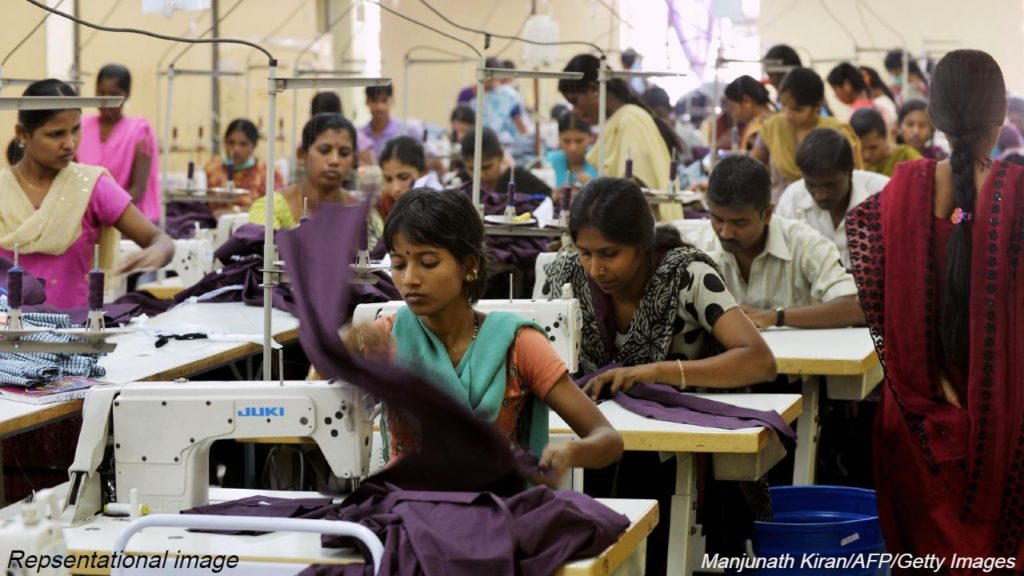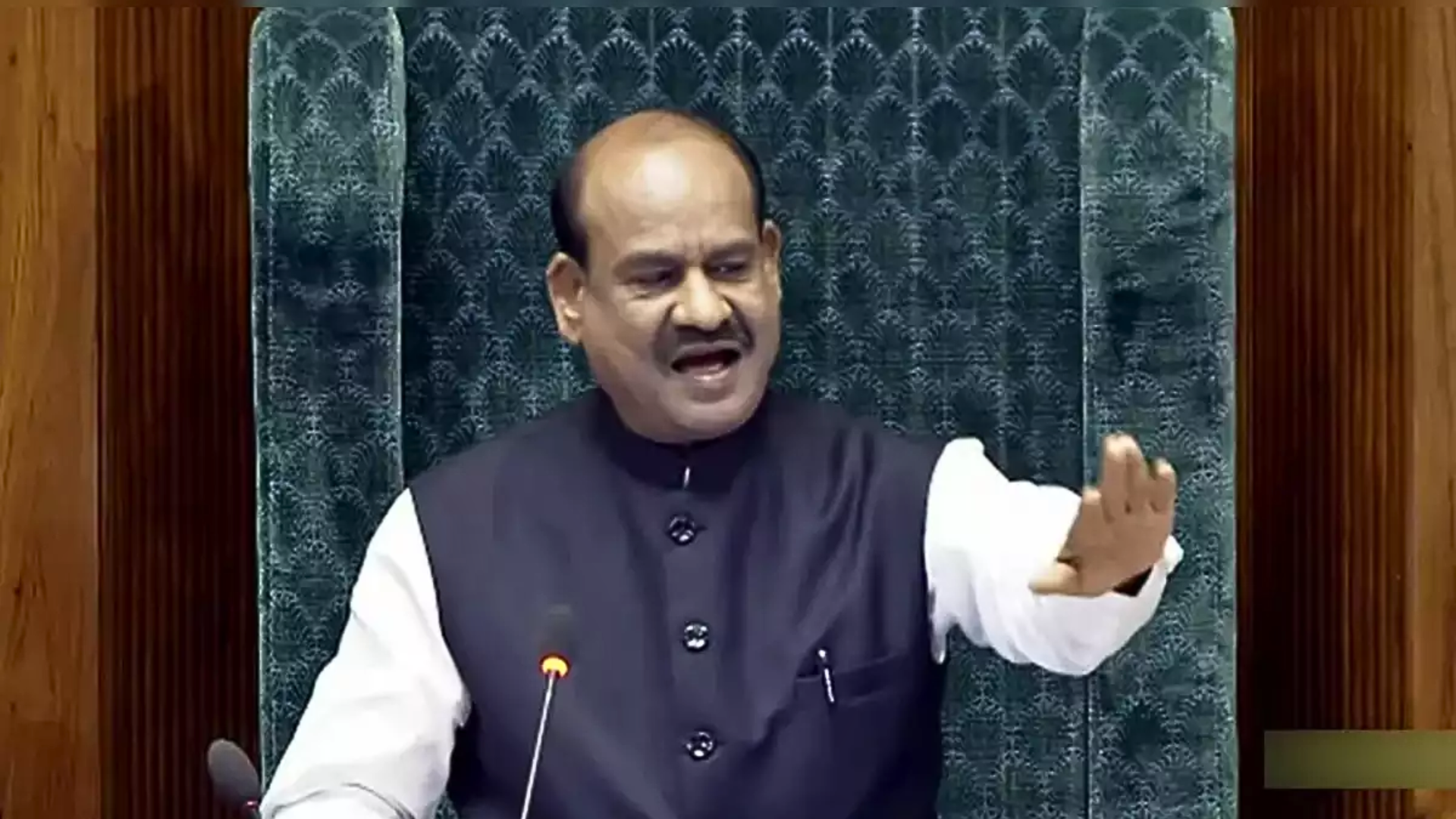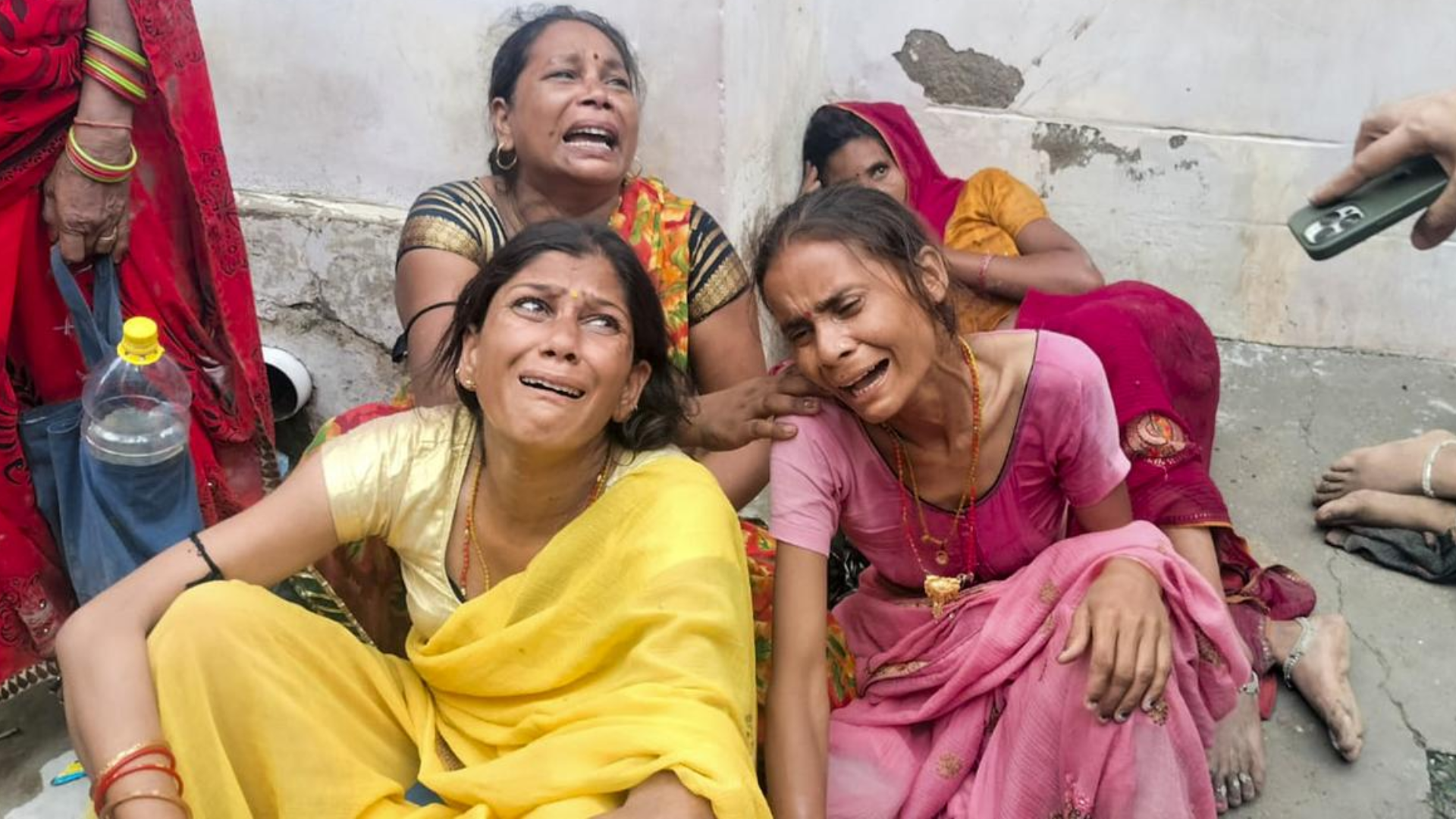GST hike seriously worries garment industry

The Union government’s decision to increase the GST on garments priced below Rs 1,000 to 12 per cent will lead to a big decrease in sales and as a result, in 20 crore job losses in manufacturing units, 90 per cent of which are in the MSME sector.
A recent decision by the government of India to hike the GST on garments priced below Rs 1,000 from 5 per cent to 12 per cent from January 1, 2022 is causing creased foreheads among manufacturers.
Garments priced Rs 1,000 and above were already being charged a rate of tax of 12 per cent from 2017, when the GST came into force, but the new rule has set off serious worries as stakeholders say that it will adversely affect 85 per cent of the industry and nearly 80 per cent of the finished goods that consumers will buy.
The government’s objective is to correct the anomaly of an inverted duty structure. But that anomaly affects not more than 15 per cent of the garments industry, while the change in GST will cause the rise in prices of about 80 per cent of finished goods, said Ashok Todi, president of West Bengal Hosiery Association (WBHA) and chairman of Lux Industries, at a press conference.
Seven industry bodies representing hosiery, knitwear, fabric and textile traders and garment manufacturers had called the press conference in Kolkata to express concern over the GST Council’s recent announcement. The formal communication on the change of rate is yet to take place.
The president of Federation of Hosiery Manufacturers’ Association of India (FOHMA) and managing director of Rupa & Co KB Agarwala said that the domestic hosiery and garment industry has a high requirement of working capital as it traditionally extends long credit to buyers. The COVID-19 pandemic compelled the manufacturers to extend even higher credits, thereby requiring higher working capital.
Banks had extended additional credit to MSMEs under the government-backed Emergency Credit Line Guarantee Scheme (ECLGS) but have started recalling their loans because of limited recovery, he said.
The recovery has been limited as companies are not making enough—the people’s buying power having been reduced due to loss or reduction in income as a result of the pandemic—to be able to repay the loans. The hosiery, knitwear fabric and garment industries have already seen a drop of 20 per cent in employment.
Now, the increase in GST will cause a rise in the prices of finished goods, which will naturally lead to a further reduction in their sales, thus crippling the industry. The shrinking of the industry as a result of the increase in GST will lead to 20 crore (or 2 million) job losses, Agarwala said.
Ninety per cent of the apparel manufacturing units are in the MSME sector.
As it is, around 60 to 65 per cent of the apparel retail stores, the lifeline of the apparel manufacturing industry, are still at pre-COVID levels, meaning, they have not been able to increase their sales and profits in almost one-and-a-half years. Over the last year, the increase in the prices of raw materials due to the repercussions of the pandemic has led to an increase in the prices of finished goods by 20 to 25 per cent.
Considering all these issues, Sanjay Kumar Jain, the vice-president of FOHMA, said at the press conference that the industry has asked the Union and state governments to maintain the current GST rates on goods from the hosiery, knitwear fabric and garment industries, which will give them a fillip.







